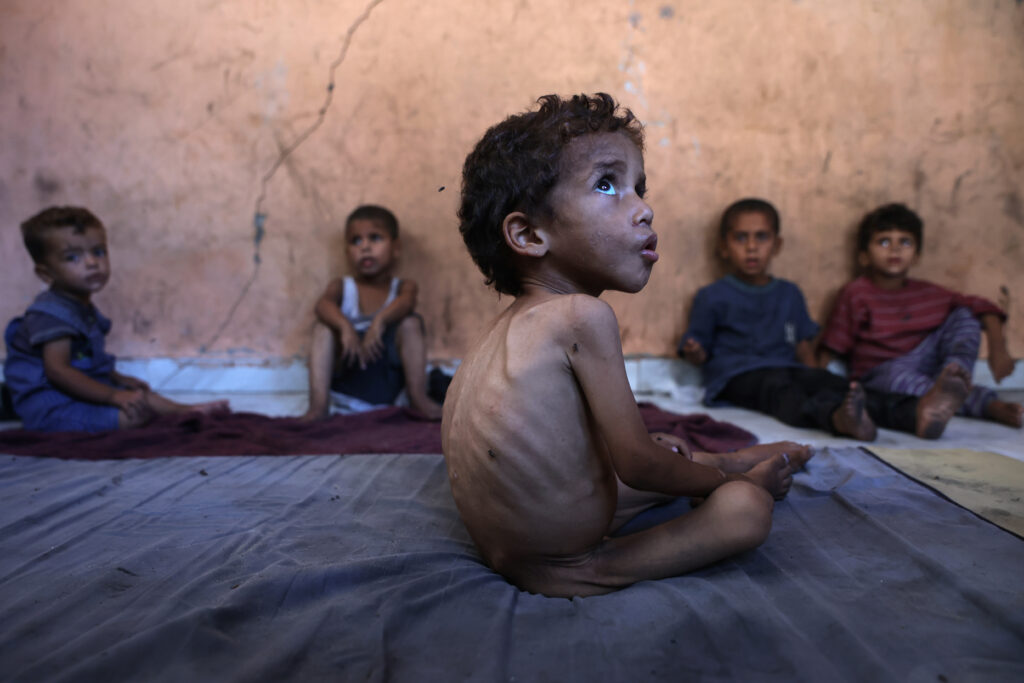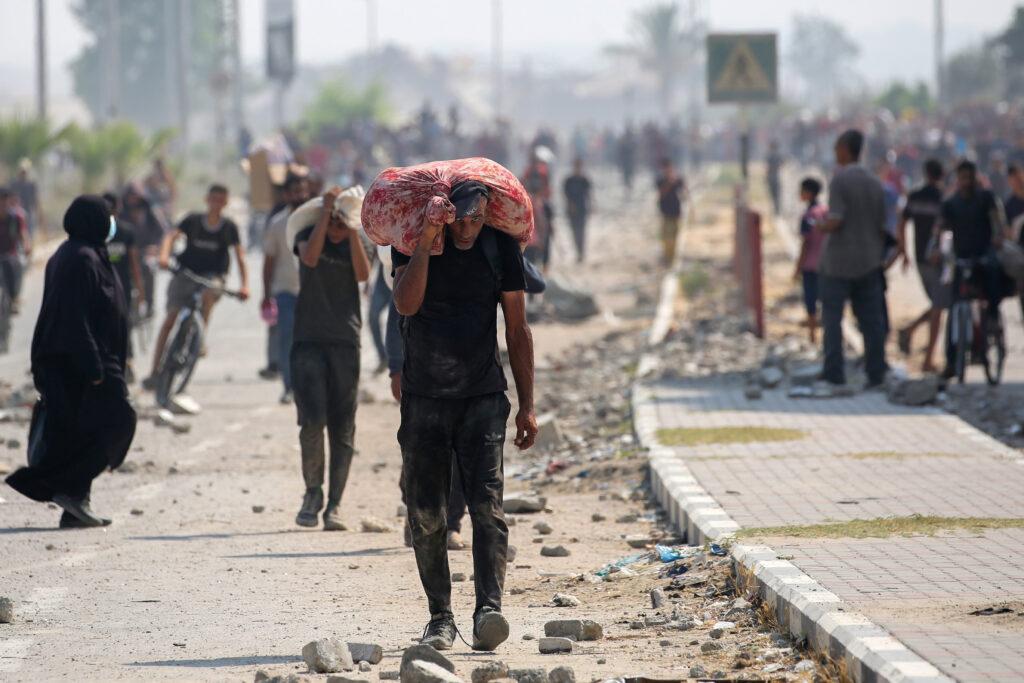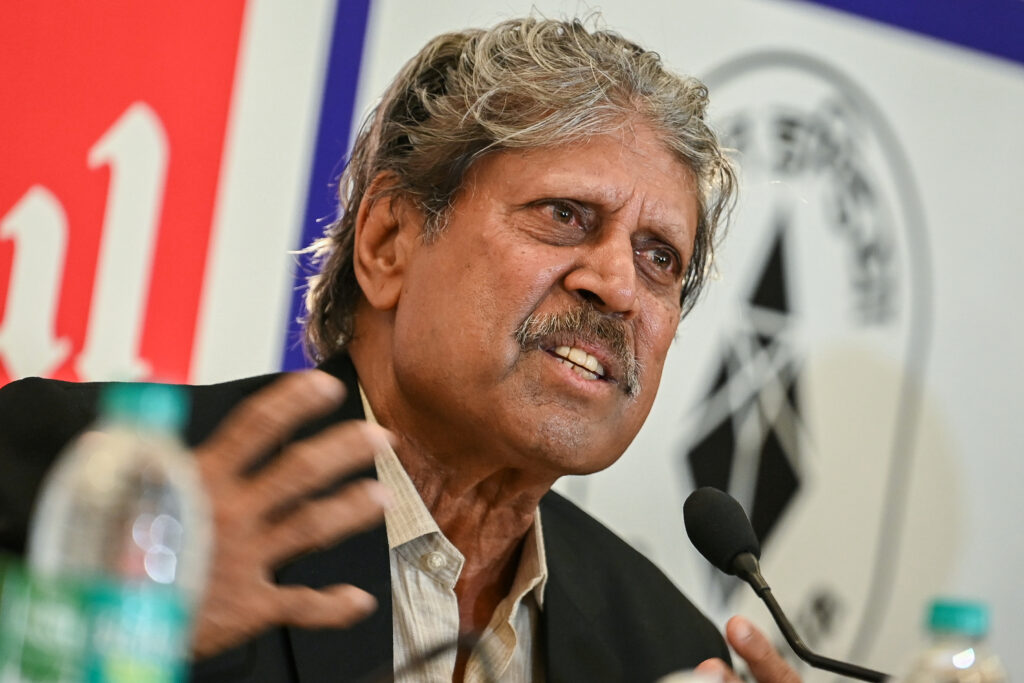Tour de France: Kaden Groves ou l’improbable exploit solitaire d’un pur sprinteur
Le sprinteur australien Kaden Groves a réussi un dépassement de fonctions aussi improbable qu’exceptionnel samedi pour décrocher la 20e étape du Tour de France sur les routes détrempées vers Pontarlier après un raid solitaire de seize kilomètres.A la veille de l’arrivée finale à Paris, Tadej Pogacar a conservé le maillot jaune de leader avec 4:24 d’avance sur Jonas Vingegaard dans un classement général inchangé si ce n’est l’entrée fracassante de Jordan Jegat dans le Top 10 à la faveur de l’échappée.Les deux favoris sont, eux, restés au chaud dans le peloton, martyrisé par la pluie sur une bonne partie du parcours, et arrivé plus de sept minutes derrière le vainqueur.Celui-ci est inattendu, car voir un sprinteur s’imposer sur un parcours aussi accidenté que celui du Jura est déjà un sacré exploit, même si l’Australien (1,76 m, 76 kg) est l’un de ceux qui passent le mieux les bosses.Le réussir en solitaire dépasse l’entendement et Kaden Groves, 26 ans, était lui-même totalement incrédule en coupant la ligne, en larmes.”C’est la première fois que je m’impose en solo. J’avais de super jambes et quand la pluie est arrivée, j’y croyais encore plus. J’adore le froid”, a-t-il dit après avoir apporté à l’équipe Alpecin sa troisième victoire dans ce Tour après Jasper Philipsen et Mathieu van der Poel qui ont tous les deux abandonné depuis.- Jegat se fait insulter -Groves sera encore un candidat à la victoire dimanche lors de la dernière étape sur les Champs-Élysées. En attendant, il devient le 114e coureur à lever les bras sur les trois grands Tours après déjà avoir gagné sept étapes de la Vuelta et deux du Giro. Toutes lors d’un sprint massif évidemment.”Il a prouvé qu’il était plus qu’un sprinteur mais aussi un magnifique coureur. Après les abandons de Jasper et Mathieu, on était un peu perdus, mais au final notre troisième leader nous ramène encore un succès”, s’est félicité son directeur sportif Christophe Roodhooft.Avant de voir la lumière au milieu du déluge, Groves a dû se battre comme un lion pour intégrer la bonne échappée avec douze autres valeureux.Déterminé à chiper la dixième place du général à Ben O’Connor, le jeune Jordan Jegat a aussi été obligé de s’accrocher pour garder sa place à l’avant où il n’était “pas le bienvenu” selon le directeur sportif de l’équipe Picnic qui redoutait que la présence du Français ne “tue” l’échappée.Jegat s’est même fait pourrir par l’Italien Simone Velasco qui l’a “insulté de tous les noms” au point de mériter un carton jaune, selon le Français.”Tim Wellens et d’autres coureurs lui ont dit qu’il n’avait pas à me parler comme ça. Ils m’ont dit +ouais dommage que tu sois là+ mais ils comprenaient, c’est le jeu. Je voulais être dans l’échappée et c’est mon droit.”- La poisse pour Grégoire -Le grimpeur de TotalEnergies ne s’est pas laissé déstabiliser et a attaqué dans la côte de Thésy où il a été rejoint puis lâché par l’Australien Harry Sweeny qui a passé une dizaine de kilomètres seul en tête avant d’être repris.Au final, la mission était accomplie pour Jegat qui se hisse au dixième rang du général, signifiant qu’il y aura, sauf accident, deux Français dans le Top 10 avec Kévin Vauquelin, 7e.”Je suis un Breton, je lâche jamais rien. J’ai mis ce que j’avais à mettre sur la route. Et forcément je suis ému”, a-t-il dit.Un autre Français aurait pu briller samedi, Romain Grégoire. Très fort sur ses terres franc-comtoises, le coureur de Groupama-FDJ a pris quelques mètres d’avance en tête de l’échappée dans la descente de la côte de Longeville.Mais, prenant tous les risques, il est parti à la faute dans un virage à droite en compagnie d’Ivan Romeo. Les deux hommes sont partis en glissade avant d’aller taper violemment le trottoir.Devant, trois hommes dont Kaden Groves en ont profité pour prendre le large. Et à 16 kilomètres du but c’est le sprinteur d’Alpecin qui s’est détaché seul pour se lancer dans un long contre-la-montre sous une pluie battante.Creusant méthodiquement l’écart, il s’est imposé avec presque une minute d’avance sur Frank van den Broek et Pascal Eenkhoorn, revenu de derrière, alors que Romain Gréoire a terminé cinquième, une énième déception pour son équipe Groupama-FDJ.





